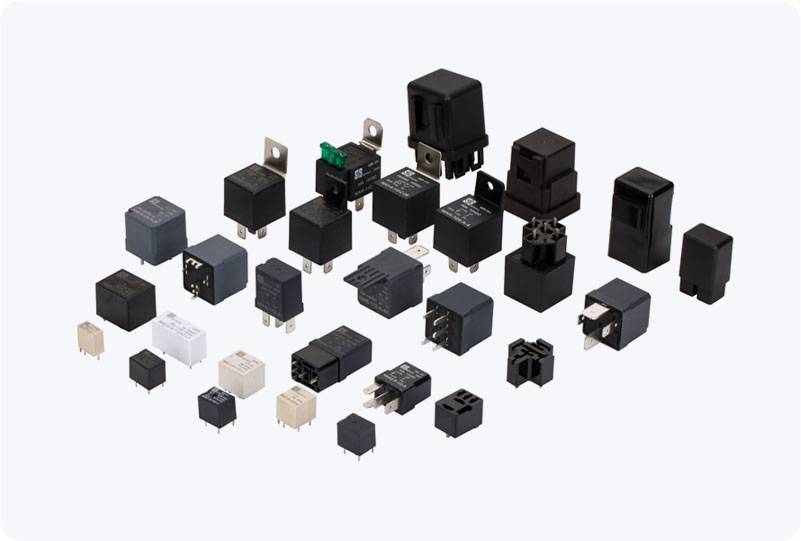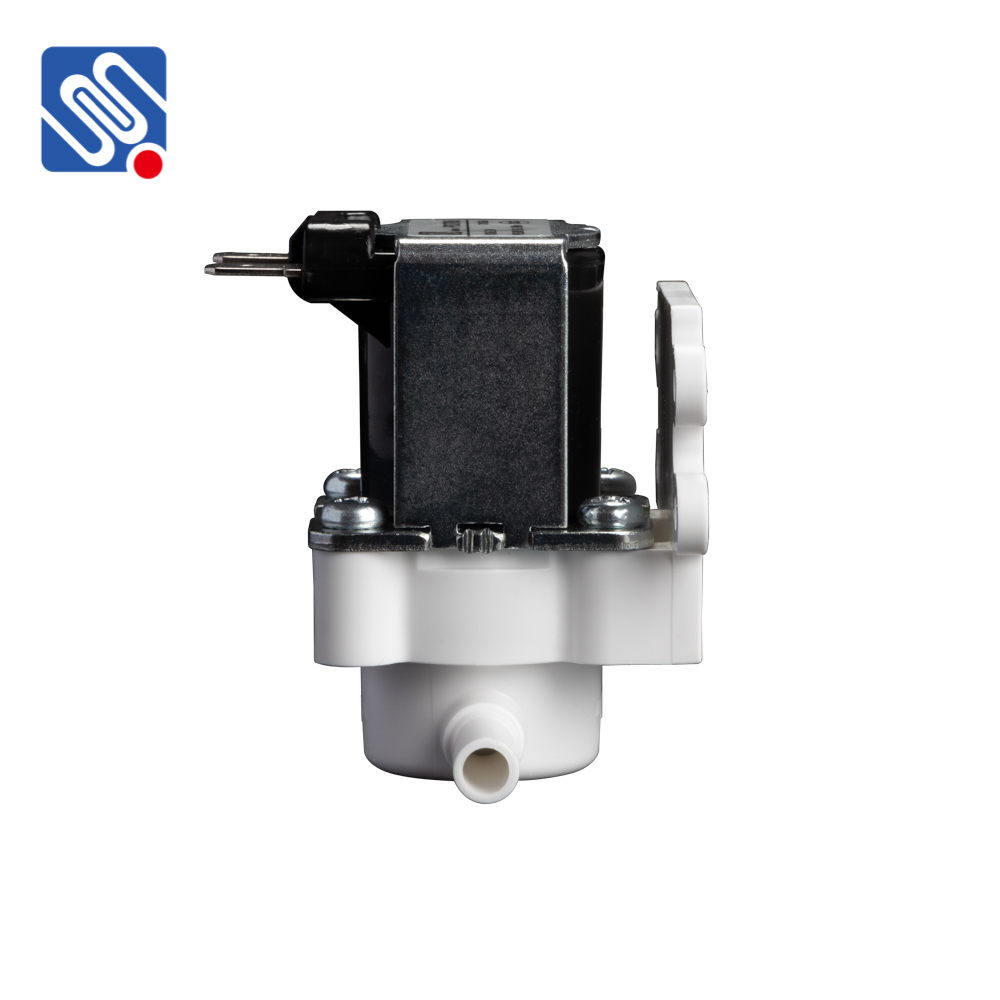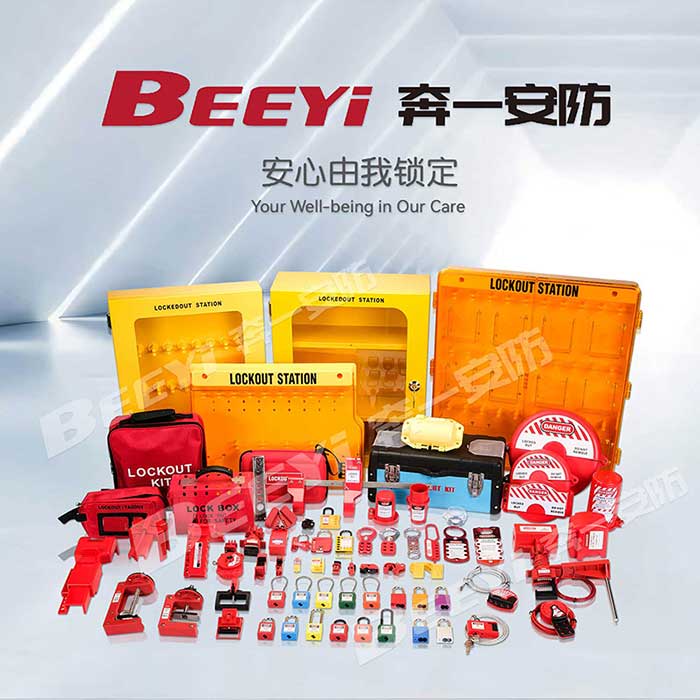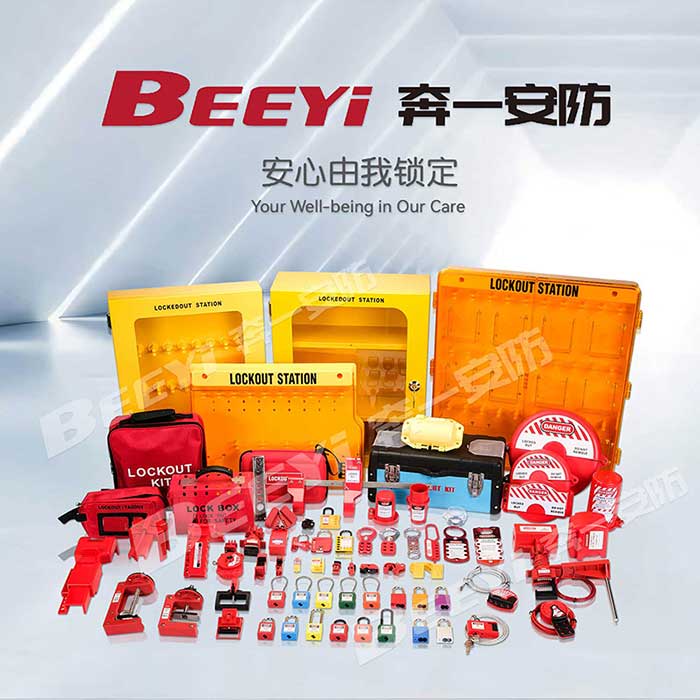In the world of industrial automation and process control, the electric globe valve stands out as a critical component for precise fluid management. This article delves into the functionality, advantages, and applications of electric globe valves, showcasing their significance in enhancing operational efficiency and reliability across various industries.
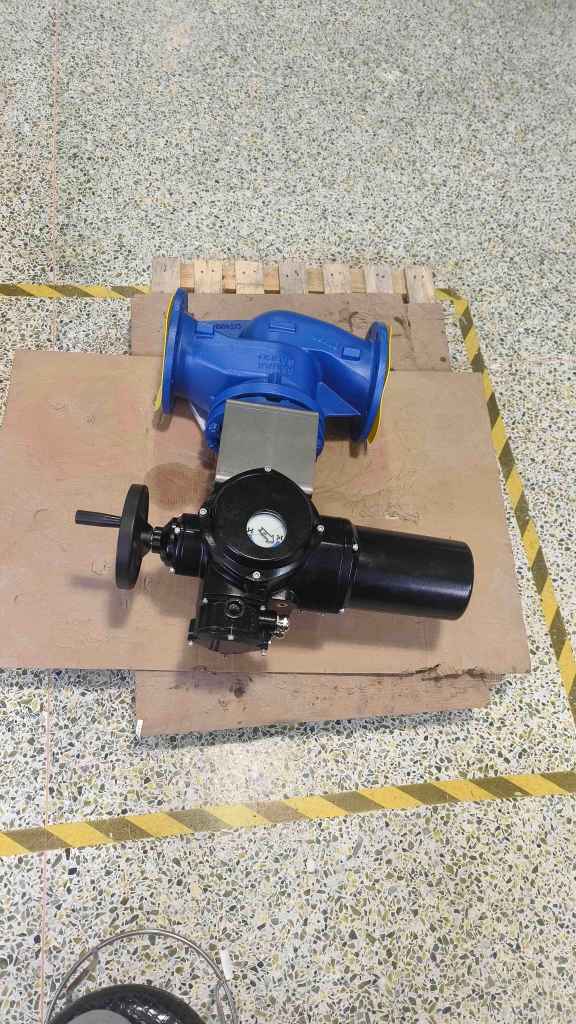
Understanding the Electric Globe Valve

An electric globe valve is a type of control valve that combines the traditional globe valve design with an electric actuator. The globe valve itself is named for its spherical body shape, which houses a disc that regulates fluid flow by moving up and down. When paired with an electric actuator, the valve can be operated remotely and with high precision, offering a significant advantage over manual or pneumatic actuated valves. The electric actuator, which is powered by an electric motor, converts electrical signals into mechanical motion. This integration allows for automated control of the valve, enabling it to open or close to a specific degree based on commands from a control system. The precision and speed of the electric actuator make it ideal for applications requiring fine-tuned flow control.



